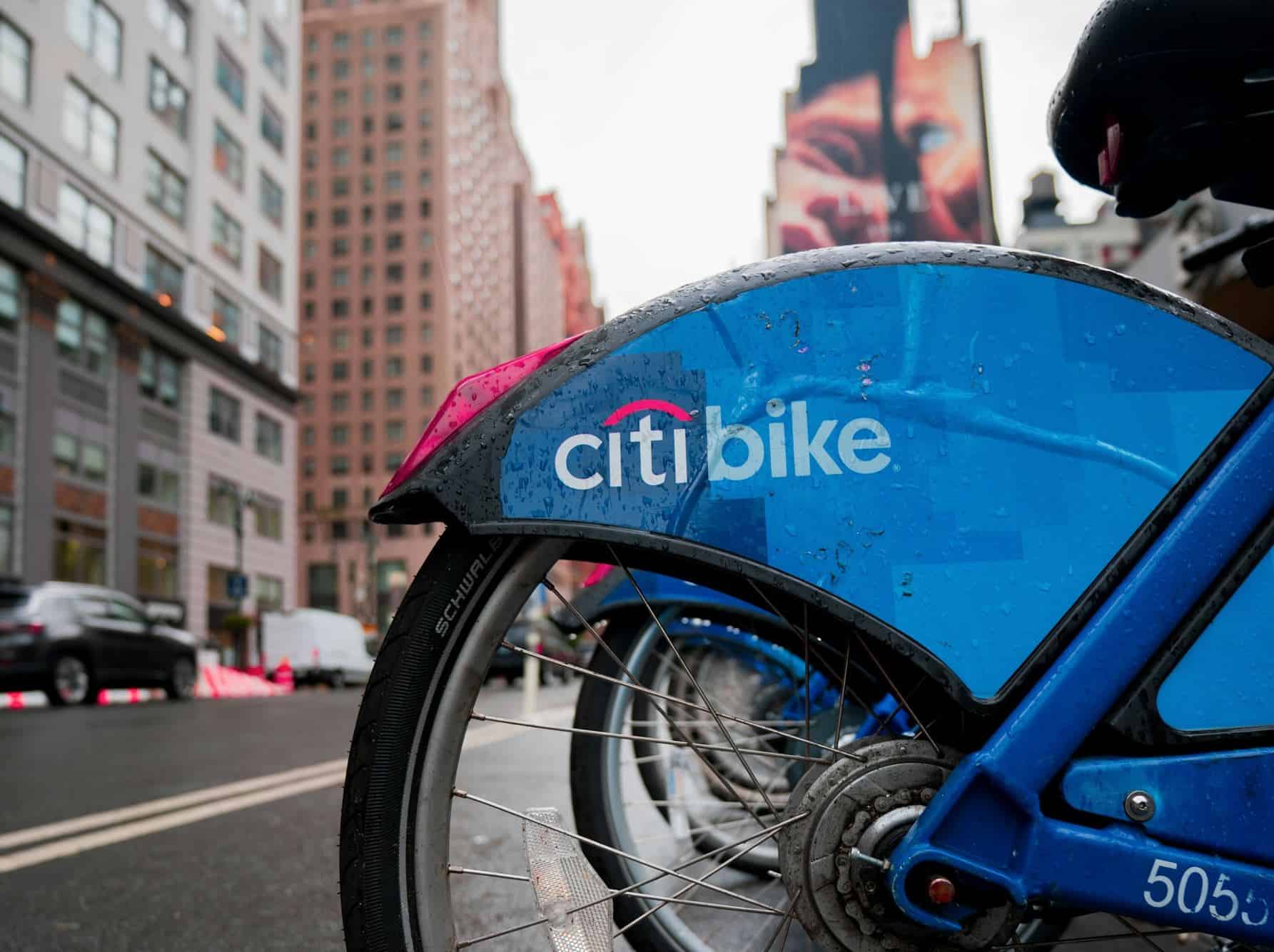Lyft has recently announced that the cost of e-bike rides for $219.99-per-year annual Citi Bike members will increase from 20 cents to 24 cents per minute, a 20 percent price hike. Furthermore, riding an e-bike in and out of Manhattan will now cost $4.80, up from $4.36. This price increase marks the second time in 2024 that Lyft has raised prices for pedal-assist electric bikes. The company attributes the increase to higher-than-anticipated costs for insurance, vehicles, and battery swapping.
While Lyft claims that the price hike is necessary to cover rising expenses, it has sparked a debate over the lack of public subsidies for bike sharing in New York City. Unlike other cities such as Washington, DC and regions like California, NYC does not provide public subsidies for bike share, placing the financial burden squarely on the users. In comparison, residents in DC pay $95 per year for membership and 10 cents per minute for e-bike rides, while Bay Wheels members in California pay $150 per year for membership and 15 cents per minute for e-bikes.
Advocates for subsidies argue that they would make bike share options more affordable and accessible for all residents. Mayor Eric Adams and several Democratic candidates in the 2021 elections endorsed the idea of subsidies, but no action has been taken thus far. A recent report from the New York State Energy Research and Development Authority found that redirecting even a fraction of the statewide mass transit subsidy to bike share could provide significant support, including $51 million per year for Citi Bike.
In response to the price increases, some are calling for City Council intervention to either subsidize the costs or take over the bike share system. Others are urging Lyft and the Department of Transportation to expedite their plans to connect more bike stations to the power grid, which would reduce the need for manual battery swapping and potentially lower operational costs.
As Citi Bike prices continue to rise, it remains to be seen whether the issue of subsidies and affordable bike share options will gain traction and lead to concrete solutions.
The price increase for e-bike rides by Lyft has brought attention to the lack of public subsidies for bike sharing in New York City. Unlike other cities and regions, NYC does not provide financial support for bike share programs, placing the burden of costs on users. This has sparked a debate over the affordability and accessibility of bike share options for all residents.
Advocates for subsidies argue that they would make bike share more affordable and inclusive. Mayor Eric Adams and several candidates in the 2021 elections have expressed support for subsidies, but no steps have been taken so far. A recent report from the New York State Energy Research and Development Authority suggests that redirecting even a small portion of the statewide mass transit subsidy to bike share could provide significant financial support, potentially amounting to $51 million per year for Citi Bike.
Some are calling for City Council intervention to either subsidize the costs or take over the bike share system. Others are urging Lyft and the Department of Transportation to expedite their plans to connect more bike stations to the power grid. This would reduce the need for manual battery swapping and potentially lower operational costs, making the bike share system more sustainable in the long run.
As the prices for Citi Bike rides continue to rise, the question of subsidies and affordable bike share options will likely gain more attention. It remains to be seen whether concrete solutions will be implemented to address this issue.
For more information on bike sharing and related topics, you can visit the following links:
– Citi Bike
– New York City Department of Transportation – Citi Bike
– New York State Energy Research and Development Authority
The article has been updated: 2024-11-02 01:46
Here are some suggested related links for your post:
1. Lyft – The official site of Lyft, providing information about their services, including bike and e-bike rides.
2. Citi – The homepage of Citibank, which is affiliated with the Citi Bike program, offering insights into their services and partnerships.
3. NYC.gov – The official website of New York City, where you can find information about public transportation initiatives and bike-sharing programs.
4. Bike Info – A resource for bike enthusiasts that covers various topics related to biking, including e-bikes and urban cycling trends.
5. Forbes – A business news website that often covers topics related to shared mobility, transport economics, and corporate accountability, which may provide context for subsidy debates.
6. The Verge – A technology and culture news website that often discusses advancements in transportation technology, including e-bikes and rideshare services.
7. Reuters – A leading news organization that covers global financial and economic news, including updates on Lyft and its business strategies.
8. The Washington Post – A major news outlet that provides coverage and analysis of current events, including transportation policies and corporate governance.
9. The New York Times – Offers in-depth news articles and opinion pieces on urban transportation issues, including bike sharing and subsidies.
10. NPR – A news organization that often covers transportation topics and social issues related to urban mobility and public subsidies.
The article has been updated: 2024-11-03 10:56
What are the implications of Lyft raising prices for Citi Bike e-bike rides on urban transportation and subsidies?
The recent decision by Lyft to raise prices for Citi Bike e-bike rides has sparked a significant debate regarding the role of subsidies in urban transportation. Higher prices may deter some users from opting for e-bikes, impacting ridership levels and potentially leading to decreased accessibility for lower-income residents who rely on affordable transportation options. The discussion also centers on whether subsidies should be increased to offset these price hikes and maintain equitable access to sustainable transport solutions. Community responses to these changes may influence future policy decisions concerning funding and pricing structures for public transport services.







